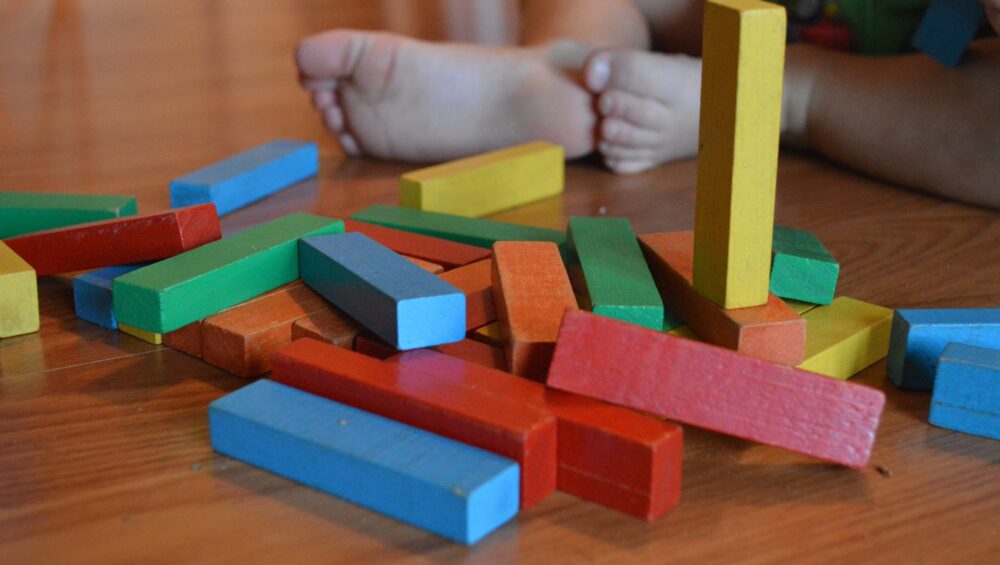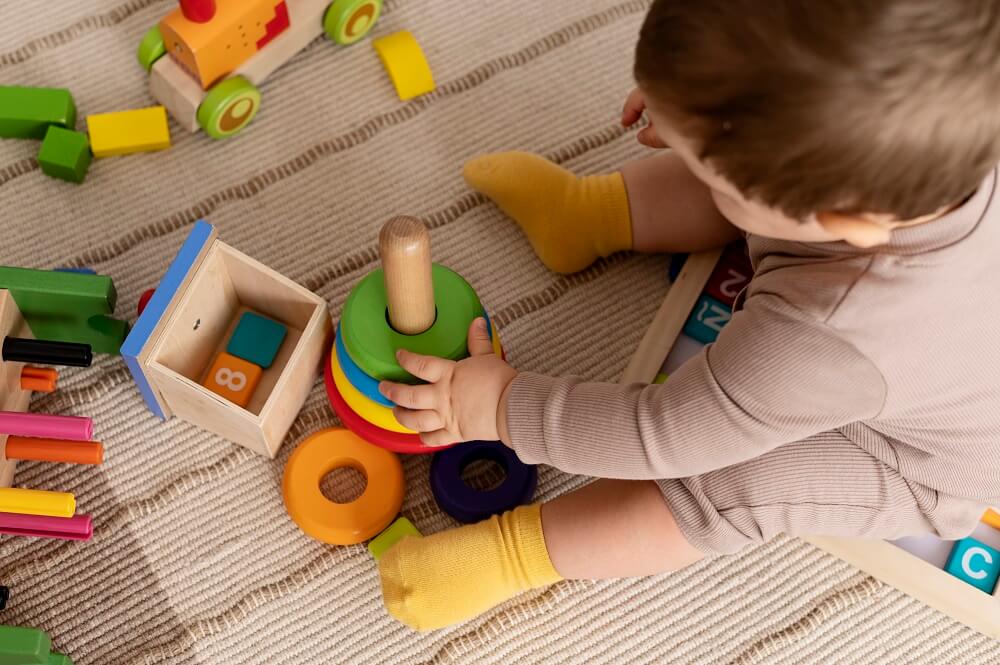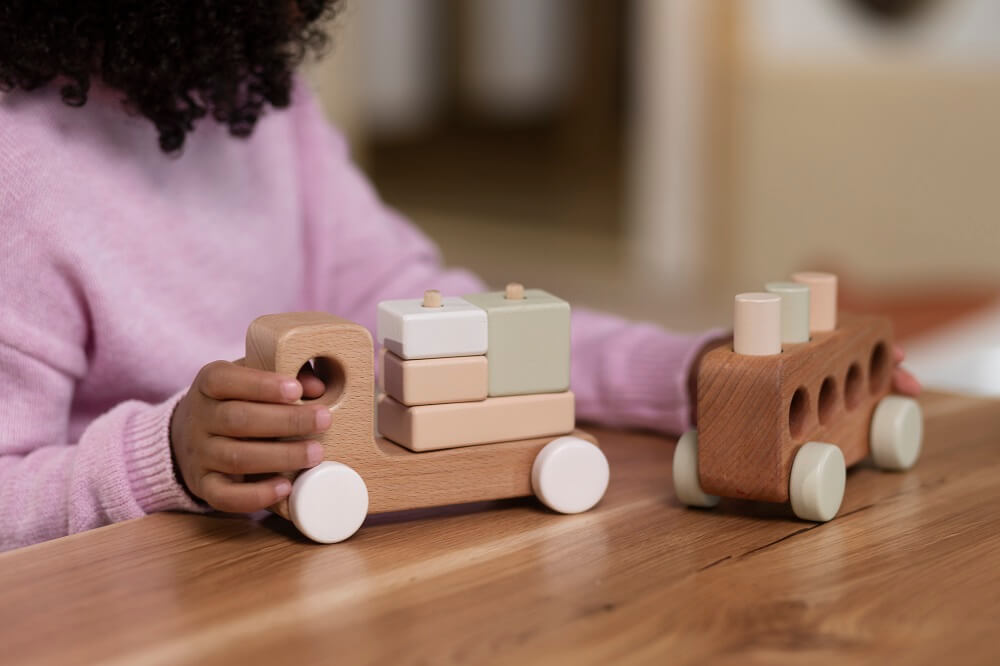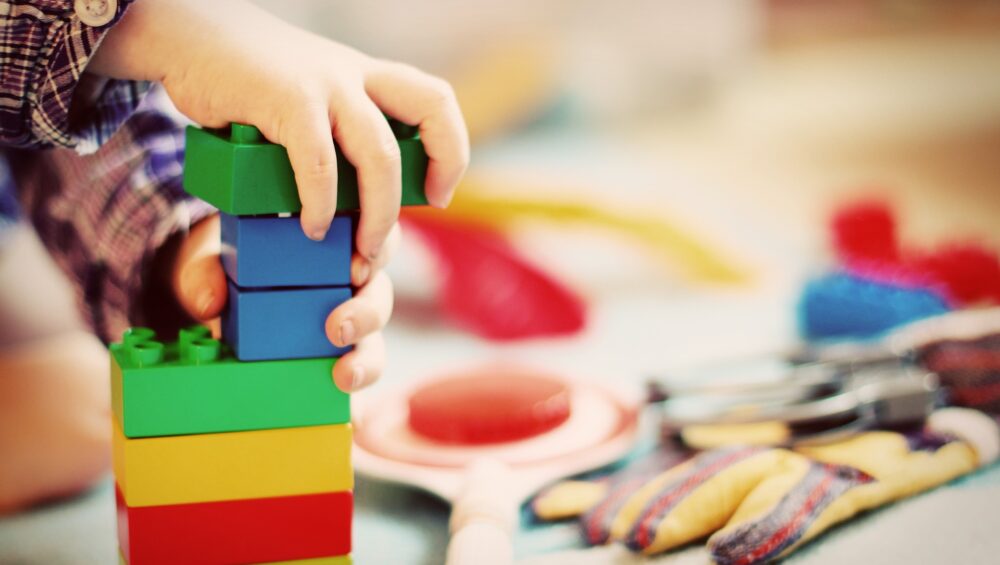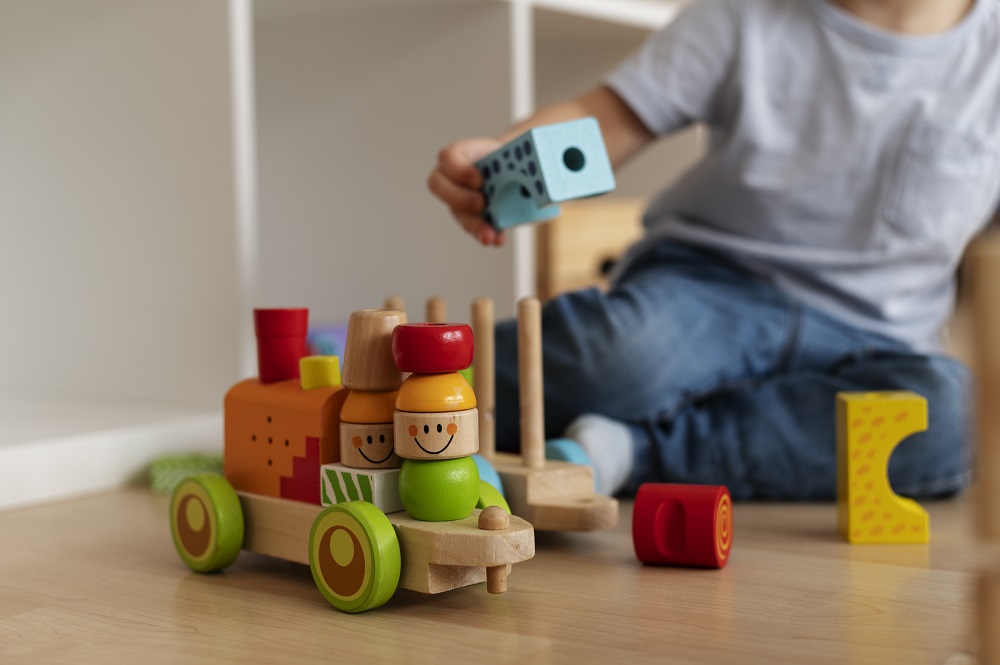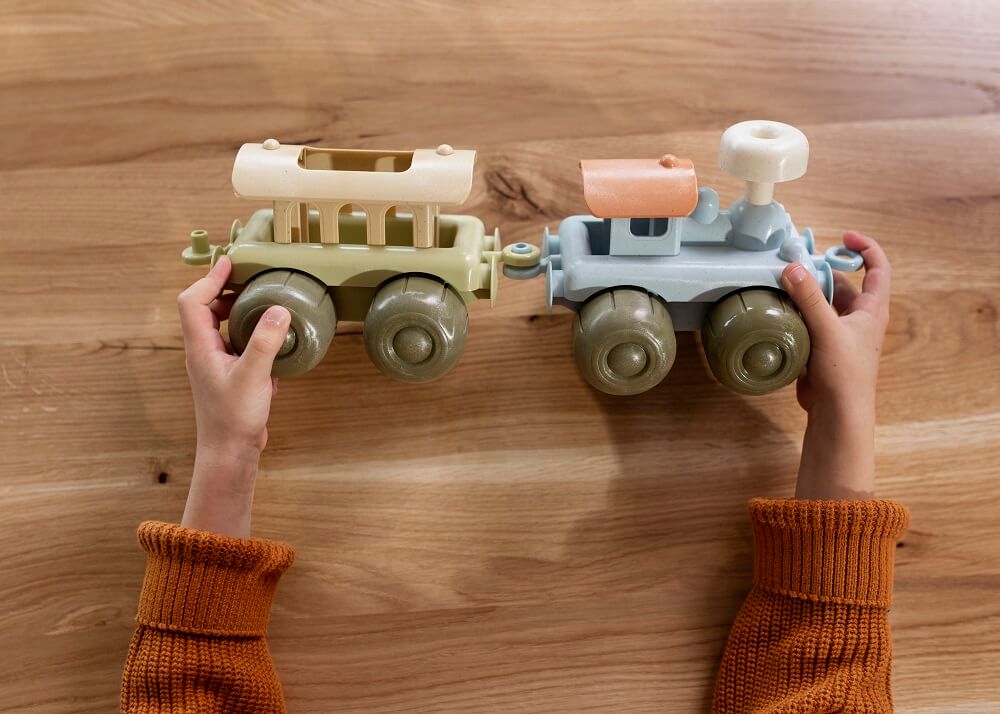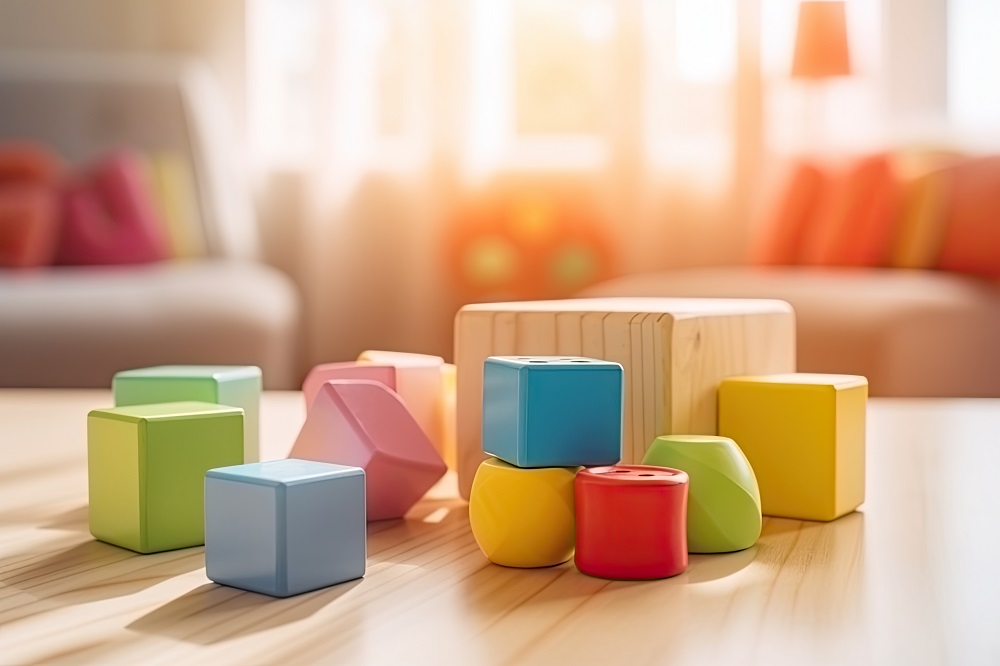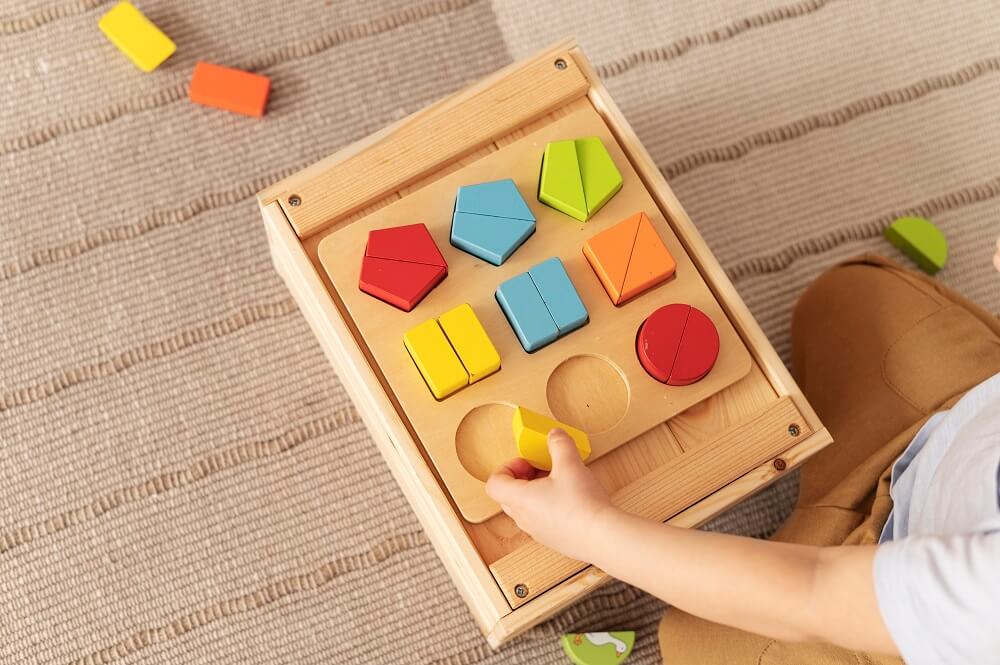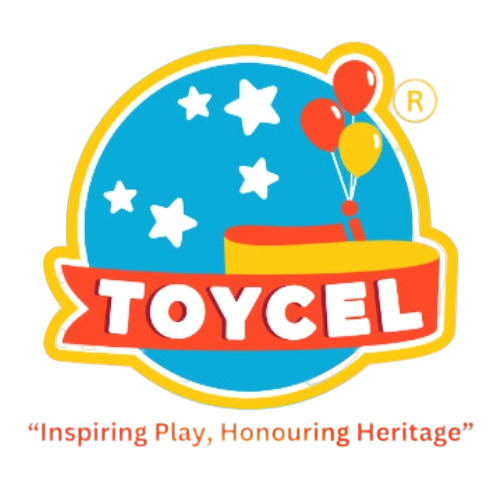Incubated at NSRCEL, Toycel aspires to empower the country’s rural toymakers
“After a good deal of research, and offline selling of gifts and toys, we have established a brand new online platform for ‘Make in India’ products, in the toys and gifting space, to reach out across India and acquire enhanced customer base for sustainable Indian products,” says Anjana HS, an M.Sc graduate, who founded ToyCel with a vision to revolutionize the toys’ industry. She is passionate about the ‘Make in India’ campaign and wants to ensure that artisans in rural areas get the chance they deserve to make a name for themselves.
“We are aiming to begin an Indian revolution into the toys and gifting industry to the world by training our manufacturers in various empowering aspects like logistics, branding, marketing, design and development. Ninety percent of the toys are imported from other countries, which has impacted Indian toy manufactures in terms of sales, competition, customer reach and production on a large scale,” she adds.

“It has been an awesome experience at IIMB NSRCEL; every day we spend at the learning programme has helped me build ToyCel from the ground up. The programme makes me fundamentally strong in every aspect of building a start-up on the long journey to success. We were able to learn the fundamentals of the business concepts along with practical sessions. Exceptional mentoring sessions where learnings were shared by business leaders in respect to their journey and adoptability. Learning in the start-up network which helps validate each of the concepts and grow better every day,” Anjana explains.
She lists her takeaways as “Best practices in the market, business collaborations, pitching ideas, start-up fundamentals, connects and networking.”
ToyCel wishes to ensure a nature-friendly and interactive childhood for every child.



